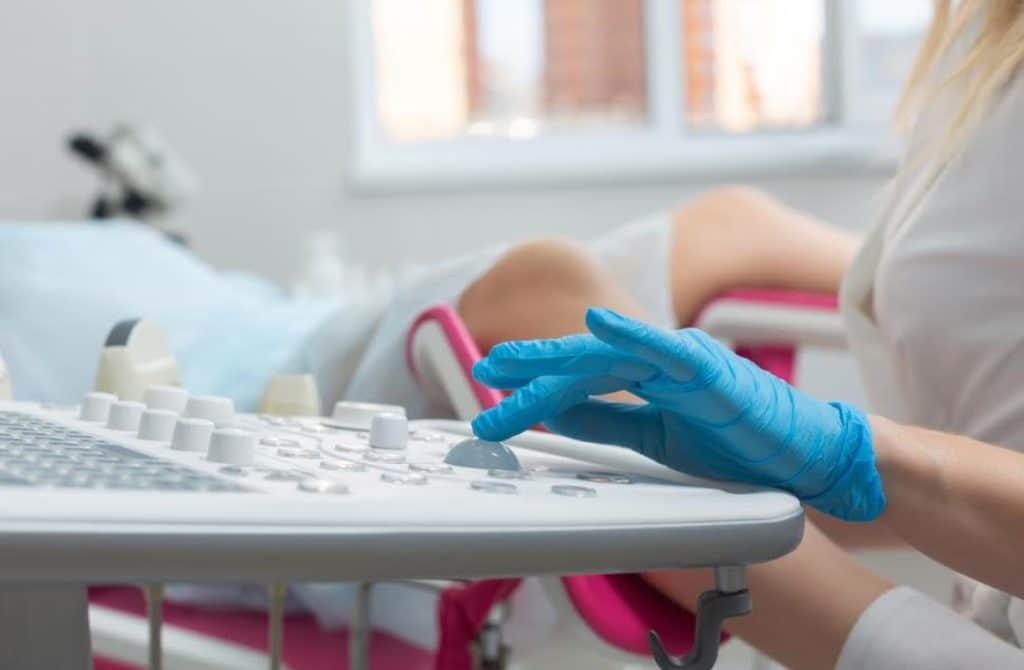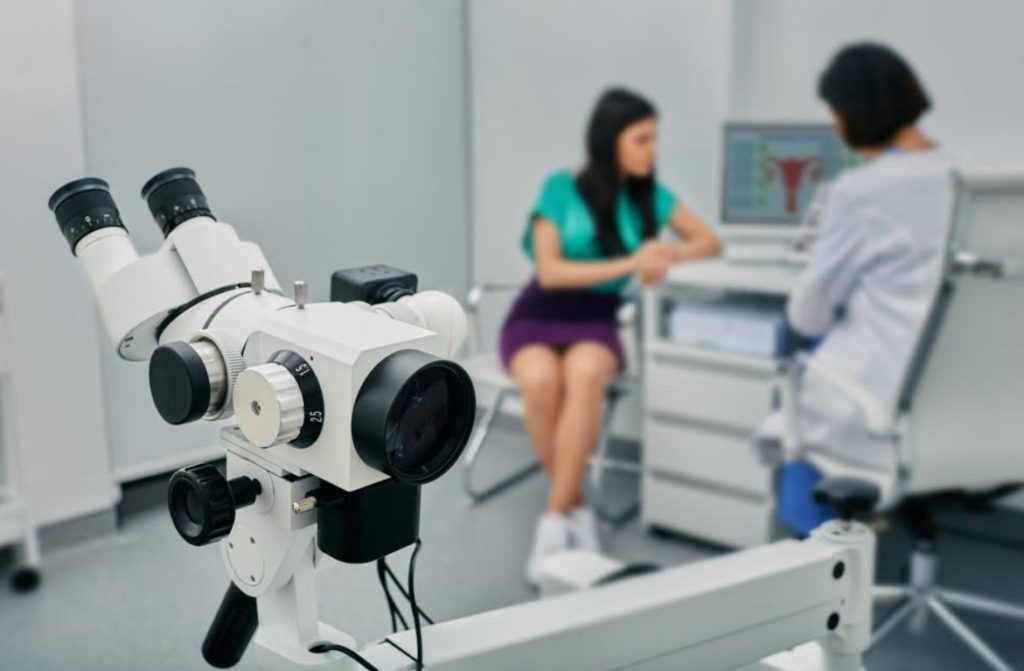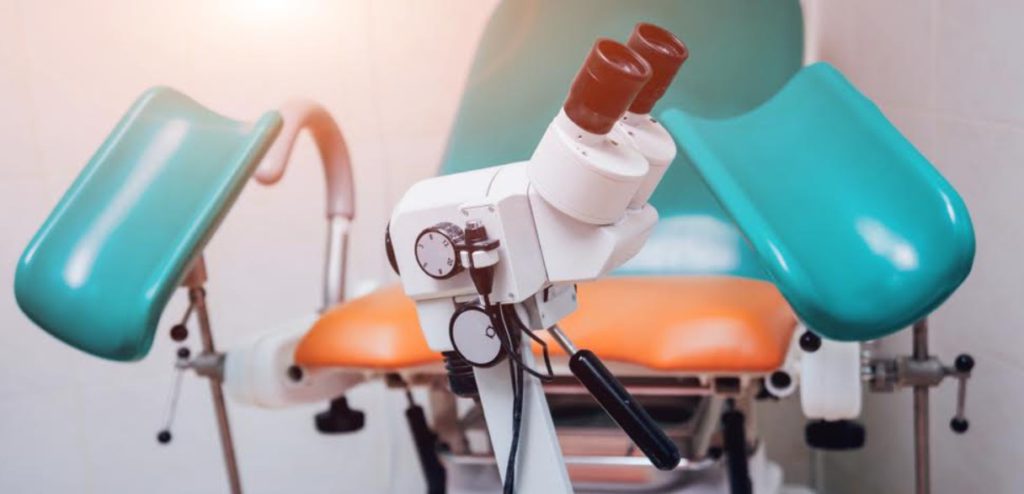A colposcopy in pregnancy is conducted to take a closer look at your cervix. Usually, a colposcopy becomes necessary if the results of a cervical screening show changes in your cells resulting from certain types of human papillomavirus (HPV). In some cases, these changed cells can turn into cervical cancer cells.
Although a lot of detail goes into planning and performing a colposcopy in pregnancy, it is usually a safe and effective procedure. As a result, it is necessary to always follow appropriate guidelines.
This article contains all you need to know about colposcopy in pregnancy; when it is necessary, how to perform it, and the factors involved.
Don’t stop reading.

When to Perform Colposcopy During Pregnancy
Colposcopy is safe during pregnancy and is not associated with adverse surgical or obstetric outcomes. The main purpose of performing a colposcopy during pregnancy is to rule out the presence of cancer cells. Usually, a colposcopy is necessary for women with an immediate risk of cervical intraepithelial neoplasia.
Also, a colposcopy helps to find out the cause of other symptoms, such as unusual vaginal bleeding or discharge.
When performing a colposcopy on a pregnant woman, it is important to ensure that nothing is inserted deep into the endocervical canal as this could disrupt the pregnancy.

How to Prepare for a Colposcopy
For the 24 hours before going for your colposcopy, you should take note of the following:
- Do not have penetrative vaginal sex
- Do not use any products that you place inside your vagina like vaginal creams or tampons.
- Bring along a panty liner or sanitary towel to your appointment because of the possibility of minor bleeding after the procedure.
Performing a Colposcopy
During a colposcopy, a smooth tube-shaped tool called a speculum is gently inserted into your vagina to open it and a microscope is then used to observe your cervix in greater detail. The doctor will put liquids on your cervix to help them see any abnormal cervical cells. Sometimes, a doctor may want to perform a biopsy to diagnose abnormal tissue if found. A biopsy is the removal of a small tissue sample usually around the size of a pinhead.
Factors Affecting Colposcopy
Colposcopy during pregnancy presents challenges to accurate diagnosis since pregnancy-related changes to the cervix may present similarly to certain cancers. This is why it is preferred that an experienced colposcopist carries out this procedure.
Furthermore, the process of a colposcopy during pregnancy may depend on the following factors:
- Hormonal changes
Hormonal changes during pregnancy lead to several physiological changes. This includes physiological changes to the cervix. A doctor will see fewer changes to the cervix during the 1st trimester but will expect significant changes starting from the 2nd trimester as the baby begins to increase in size and press on the cervix.
- Lax vaginal walls
Usually, the walls of the vagina often soften and become less elastic. This can impair the doctor’s ability to visualize the cervix. During pregnancy, the cervix increases up to 10 times in size, and this further compounds the visualization problem. However, using a vaginal retractor together with the speculum can resolve this issue easily.
- Condoms
Condoms can simplify colposcopy in pregnancy via an innovative method that removes the vaginal retractor. The doctor places a condom over the speculum before insertion and cuts off the tip of the condom so that it forms a sheath around the speculum.
This will hold the lax walls of the vagina in place with minimal invasion to the patient and clear visualization of the cervix.

Treatment Options for Positive Results
If the doctor finds abnormal cells in your cervix, they may recommend removing them to reduce the risk of cervical cancer. However, it is usually sufficient to just monitor the cells during pregnancy for re-evaluation.
A treatment plan will be scheduled at least 6 weeks postpartum.
Conclusion
Colposcopy is generally safe during pregnancy, although colposcopic evaluations are preferred during the first half of pregnancy. When performed by experienced colposcopists or gynecologists, it is a reliable diagnostic tool for both pregnant and non-pregnant individuals.

